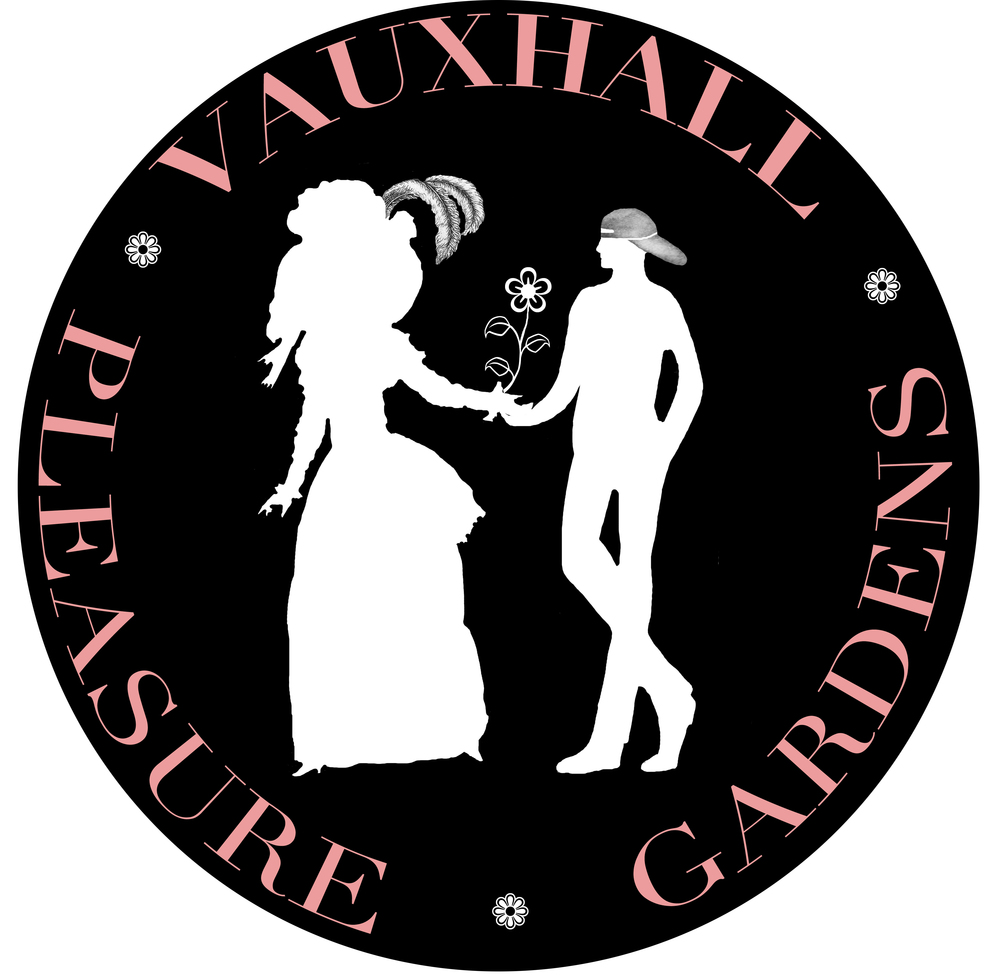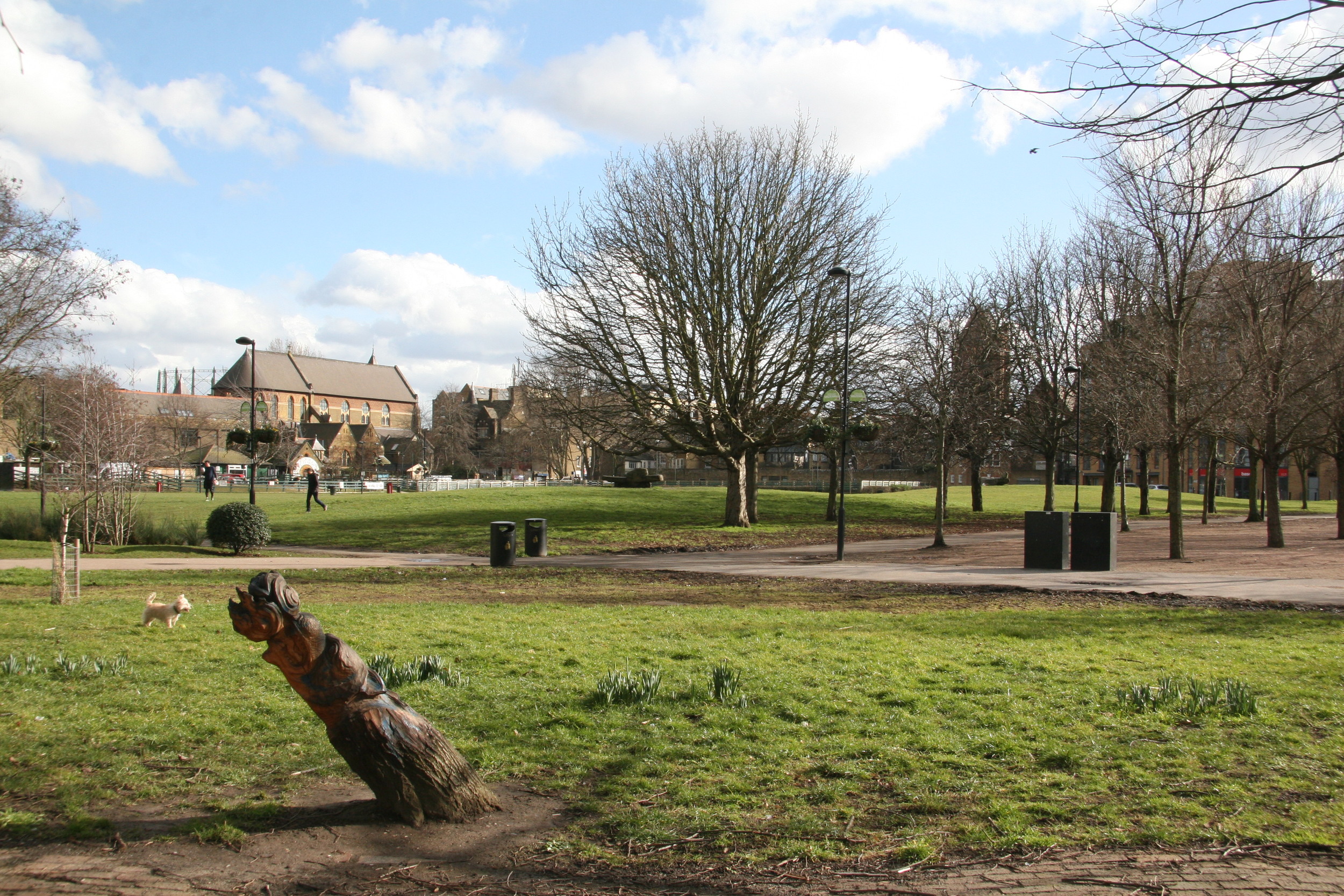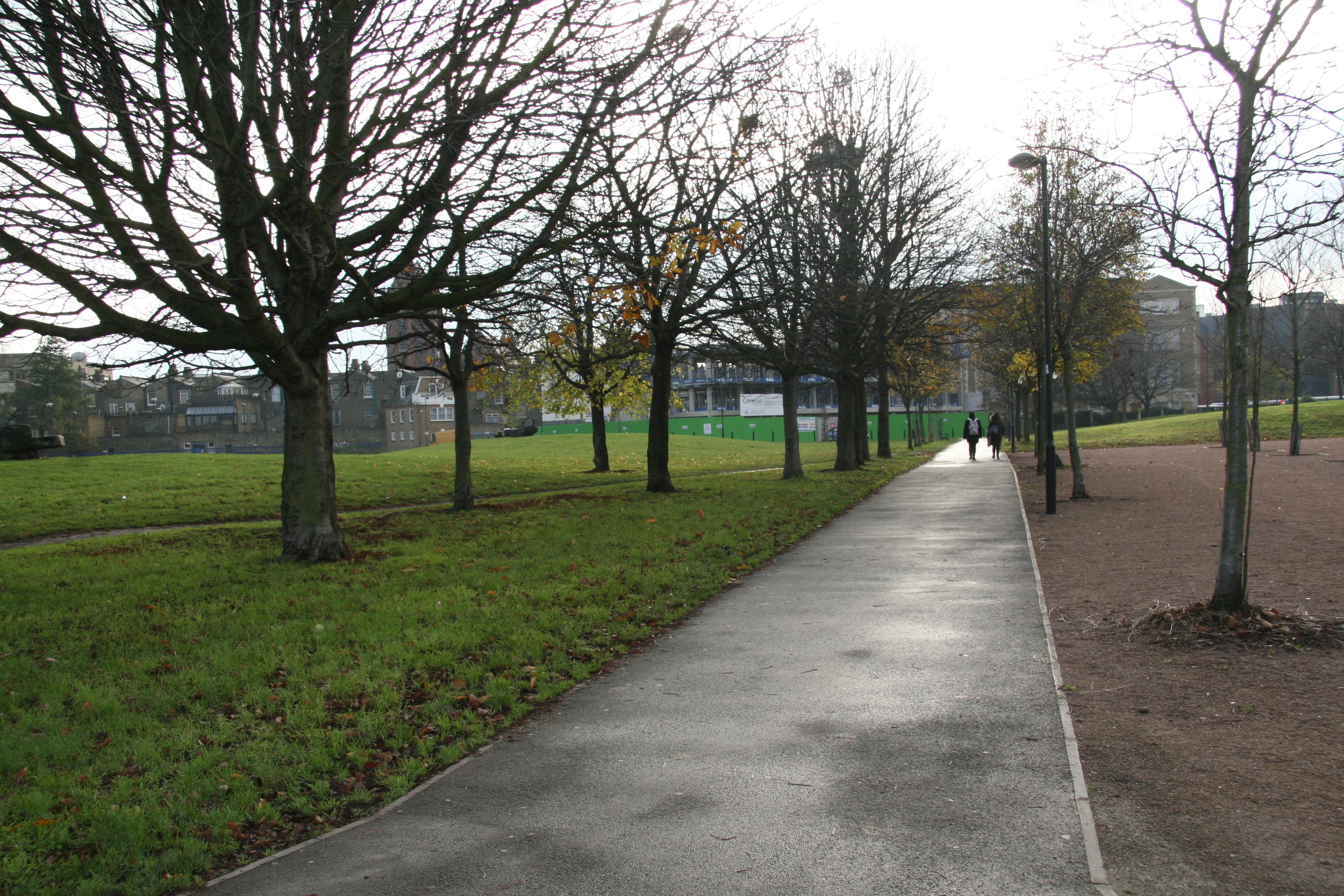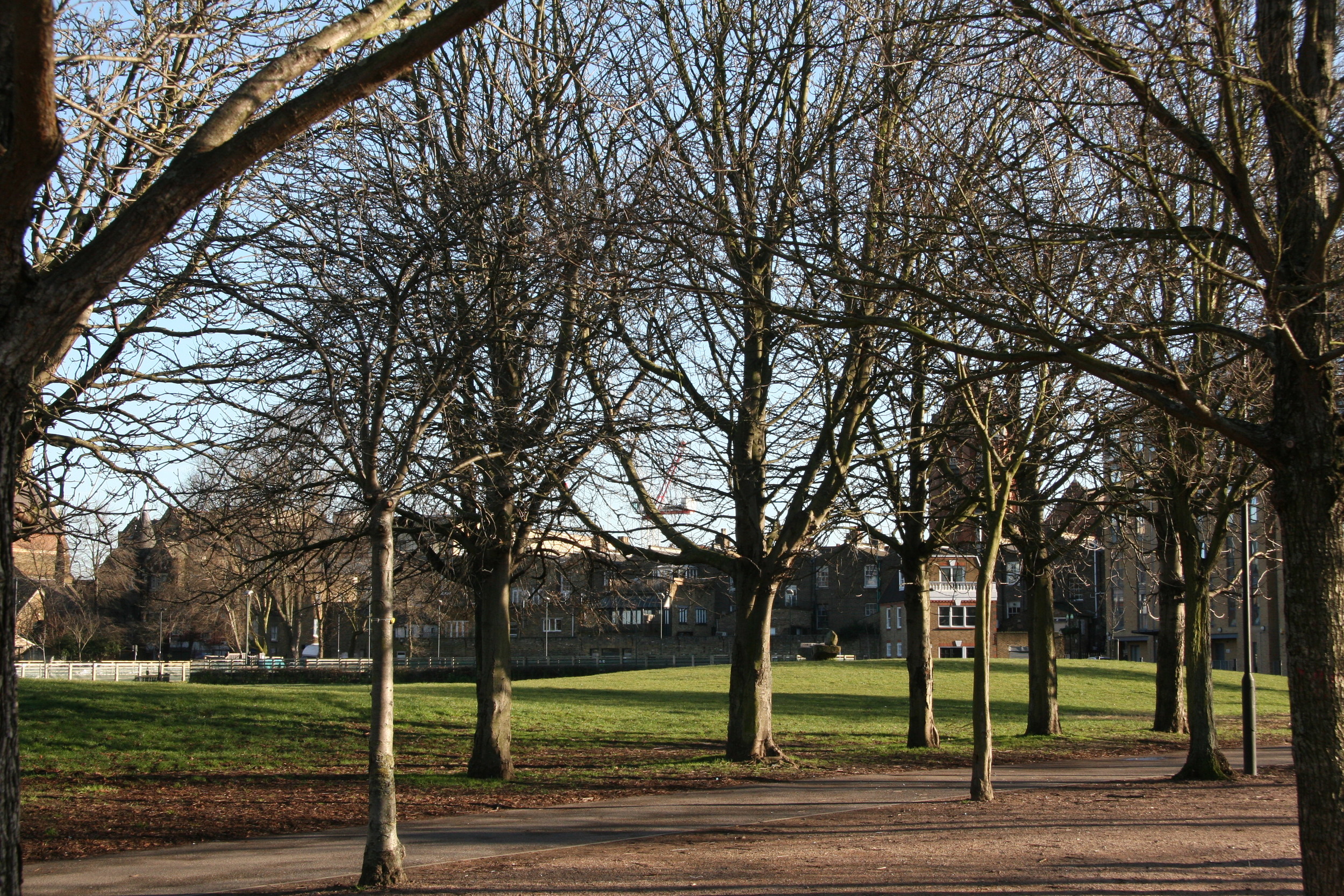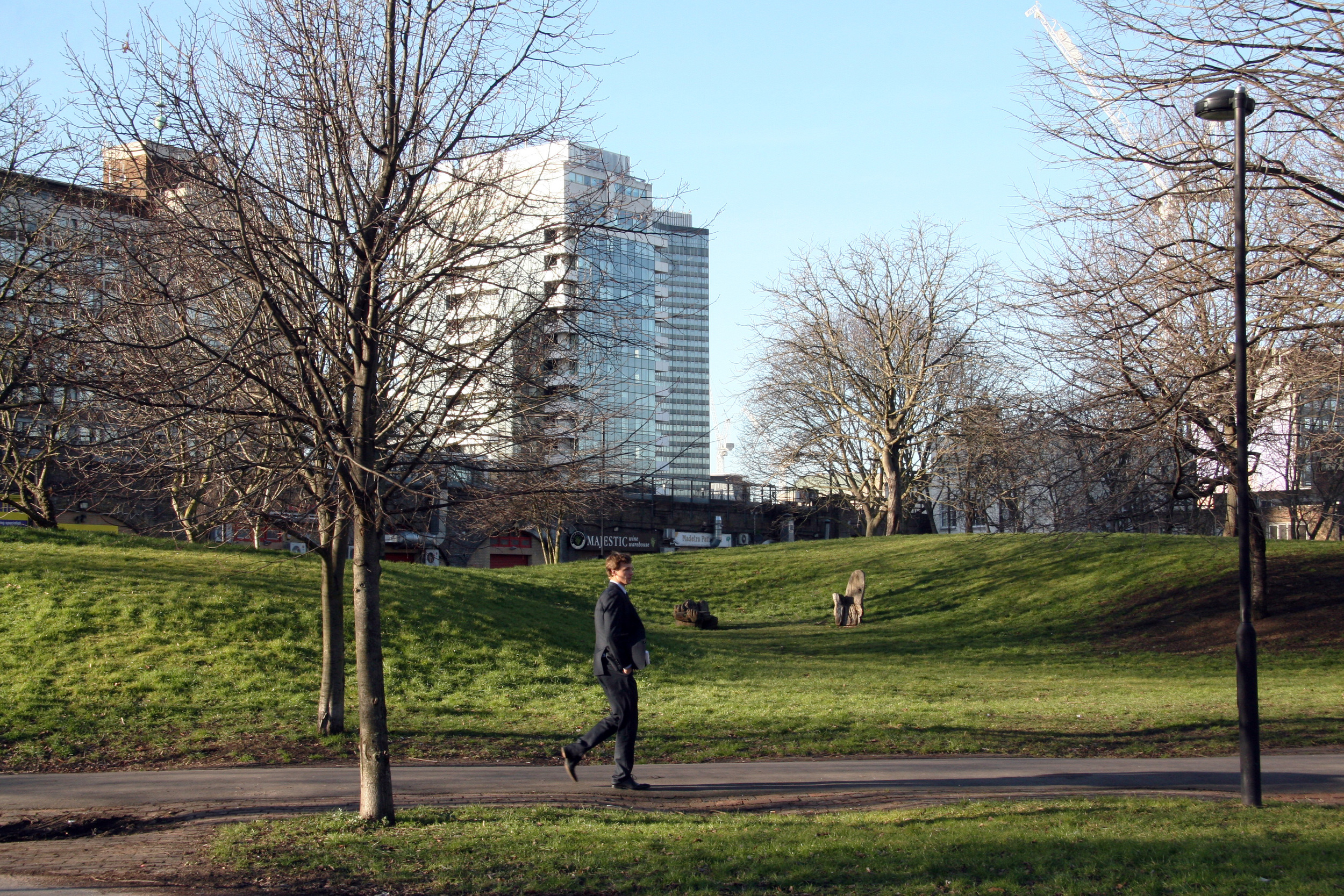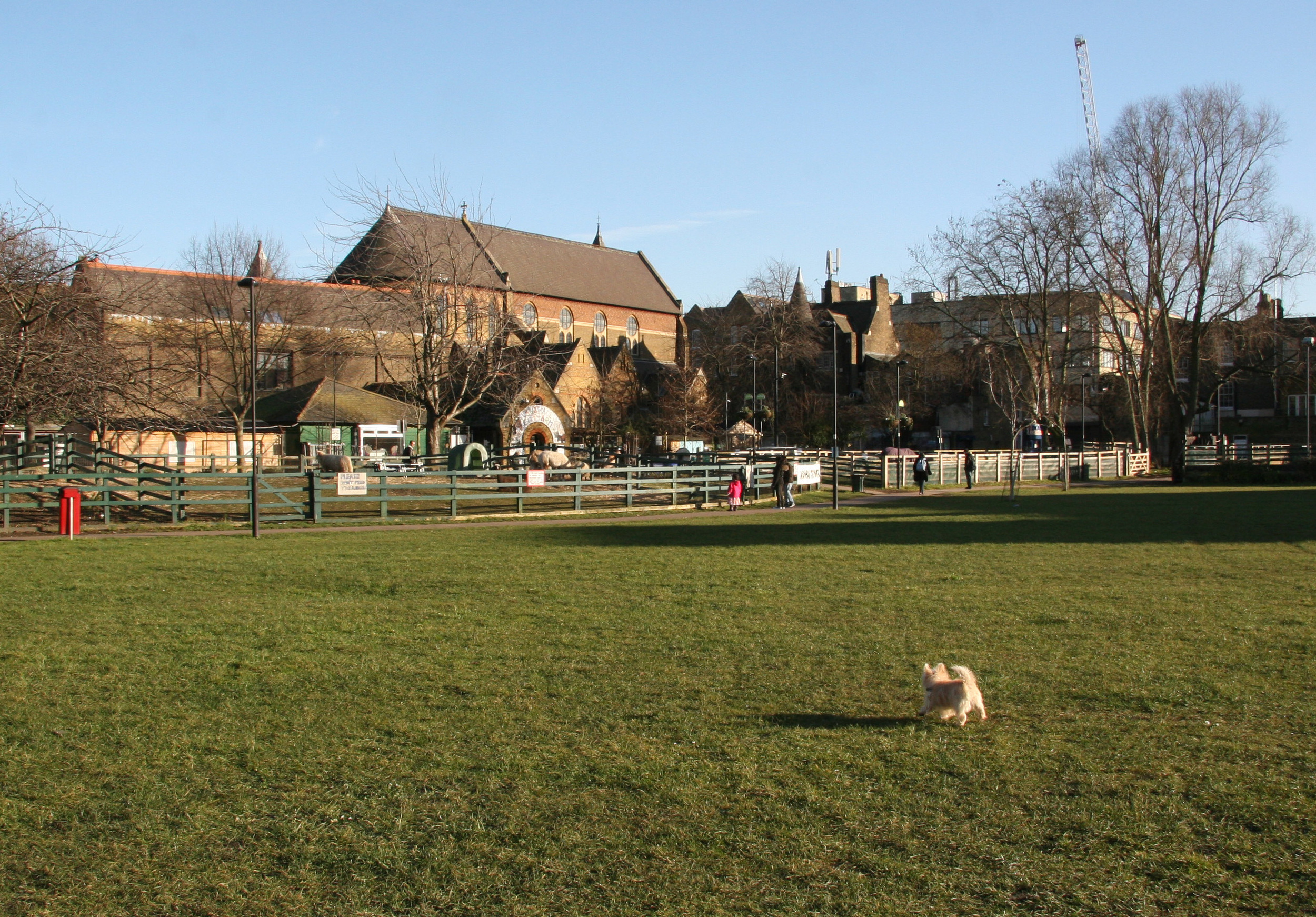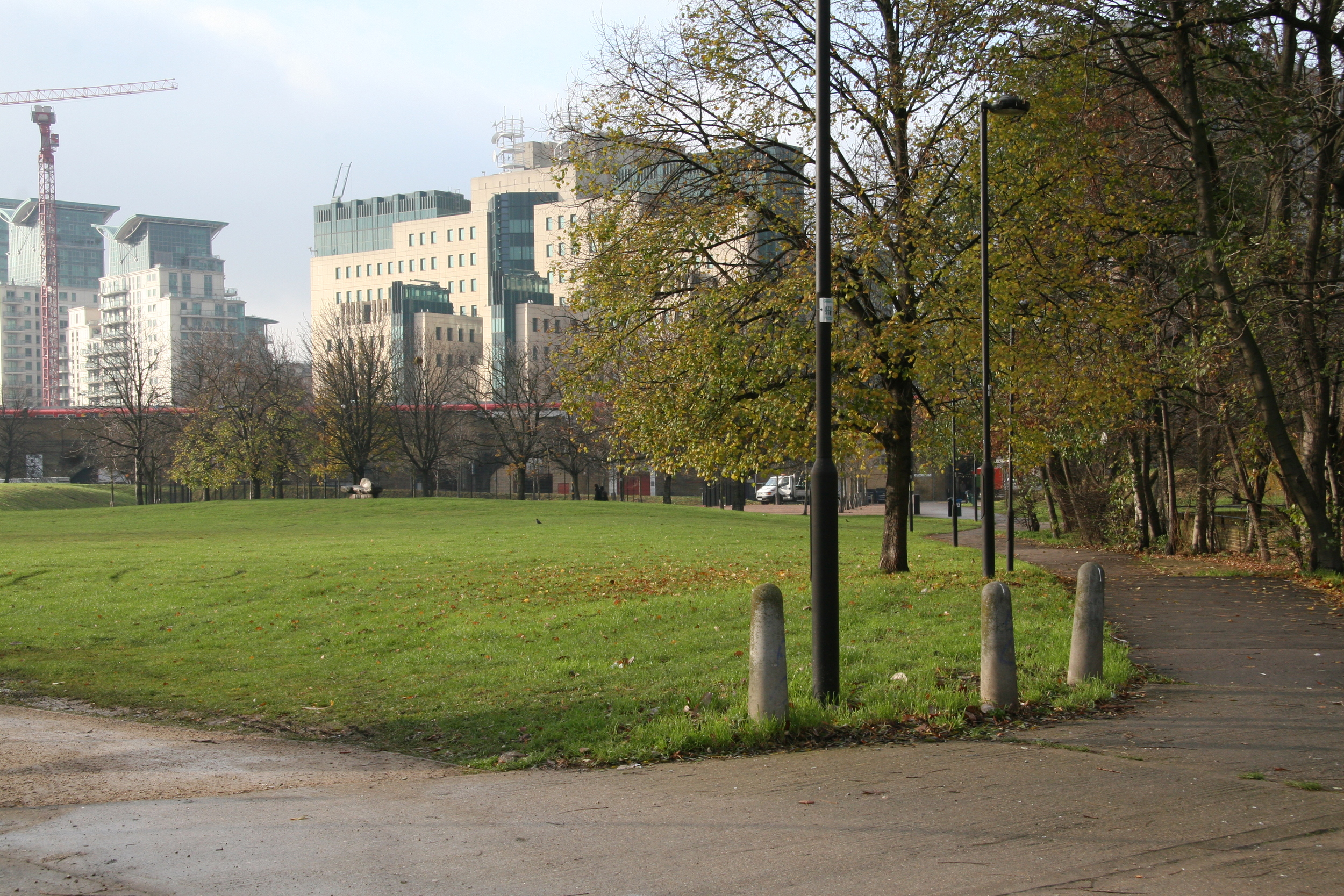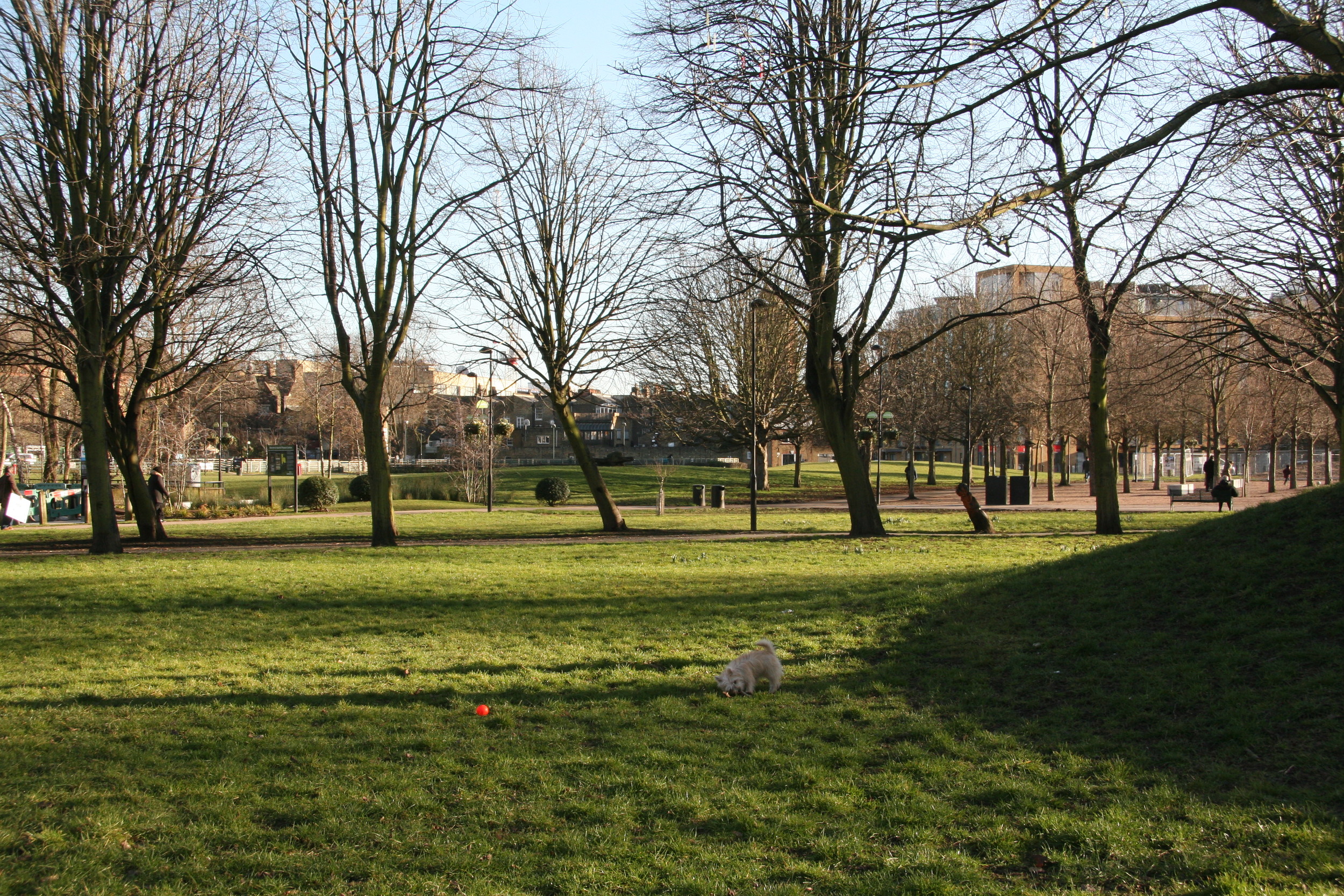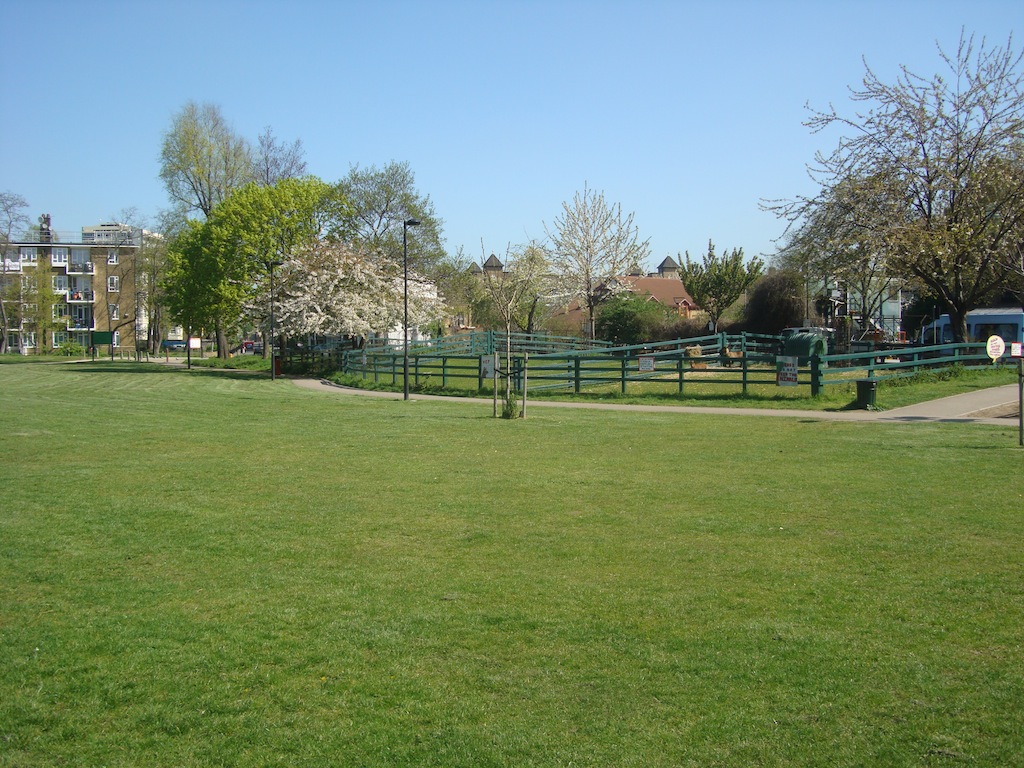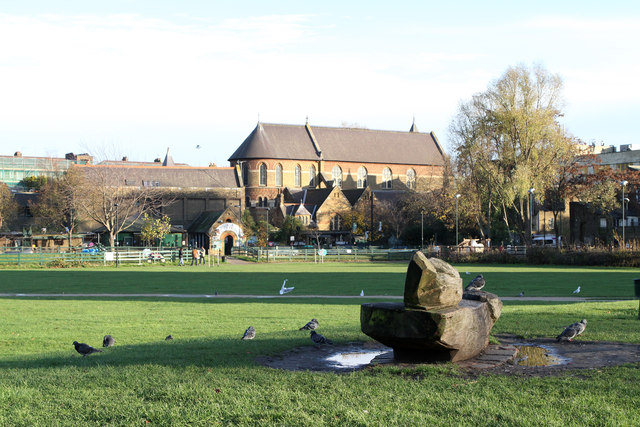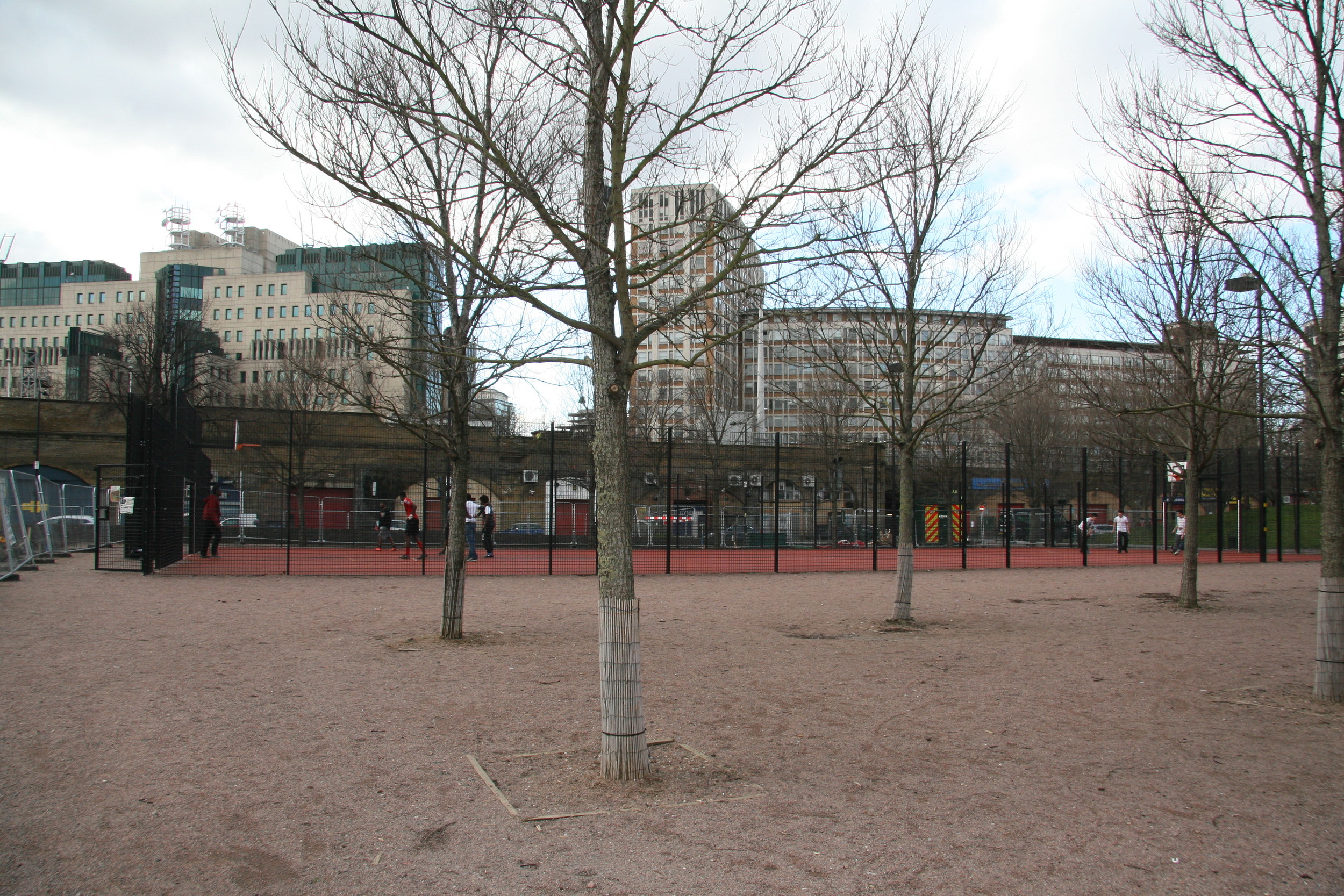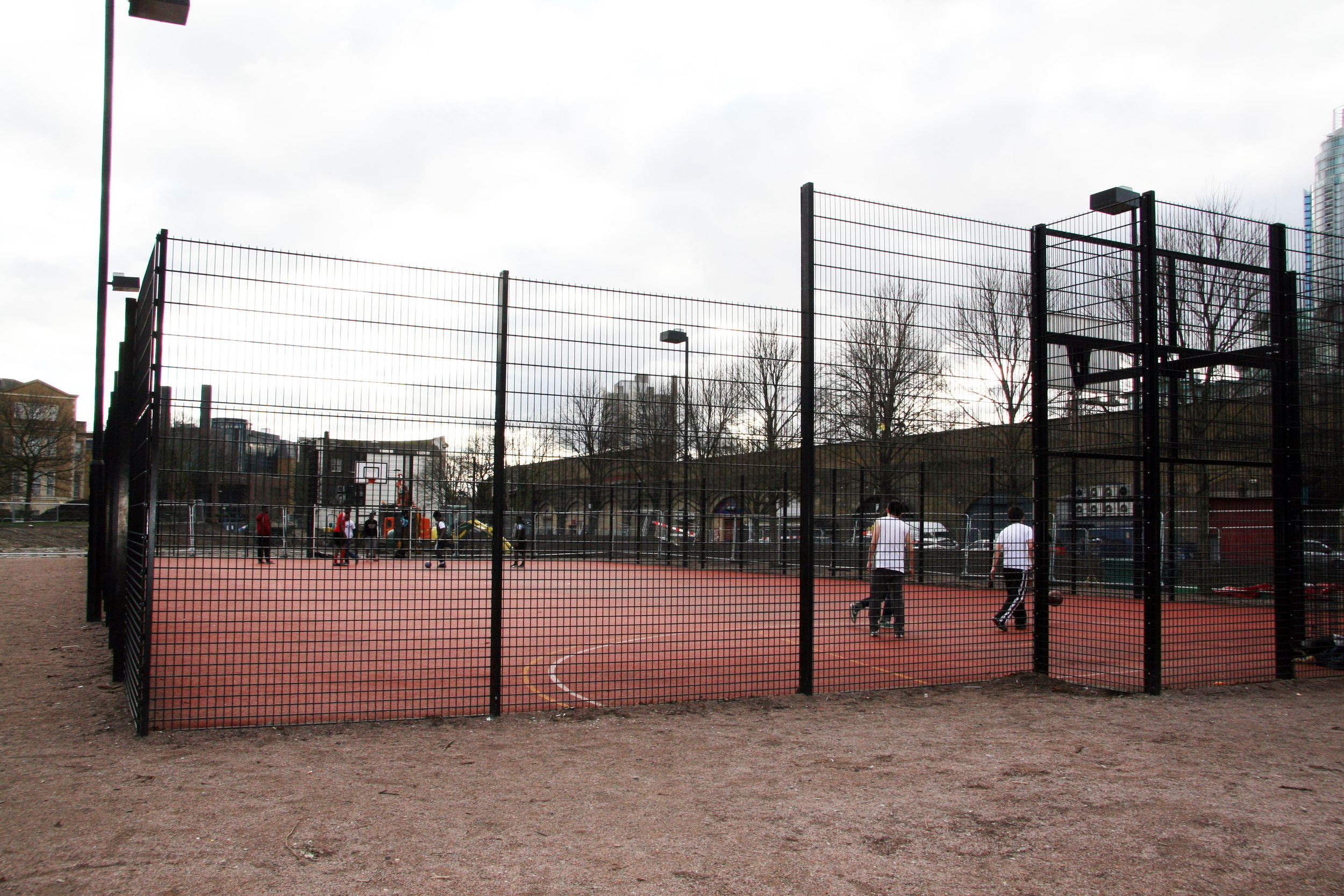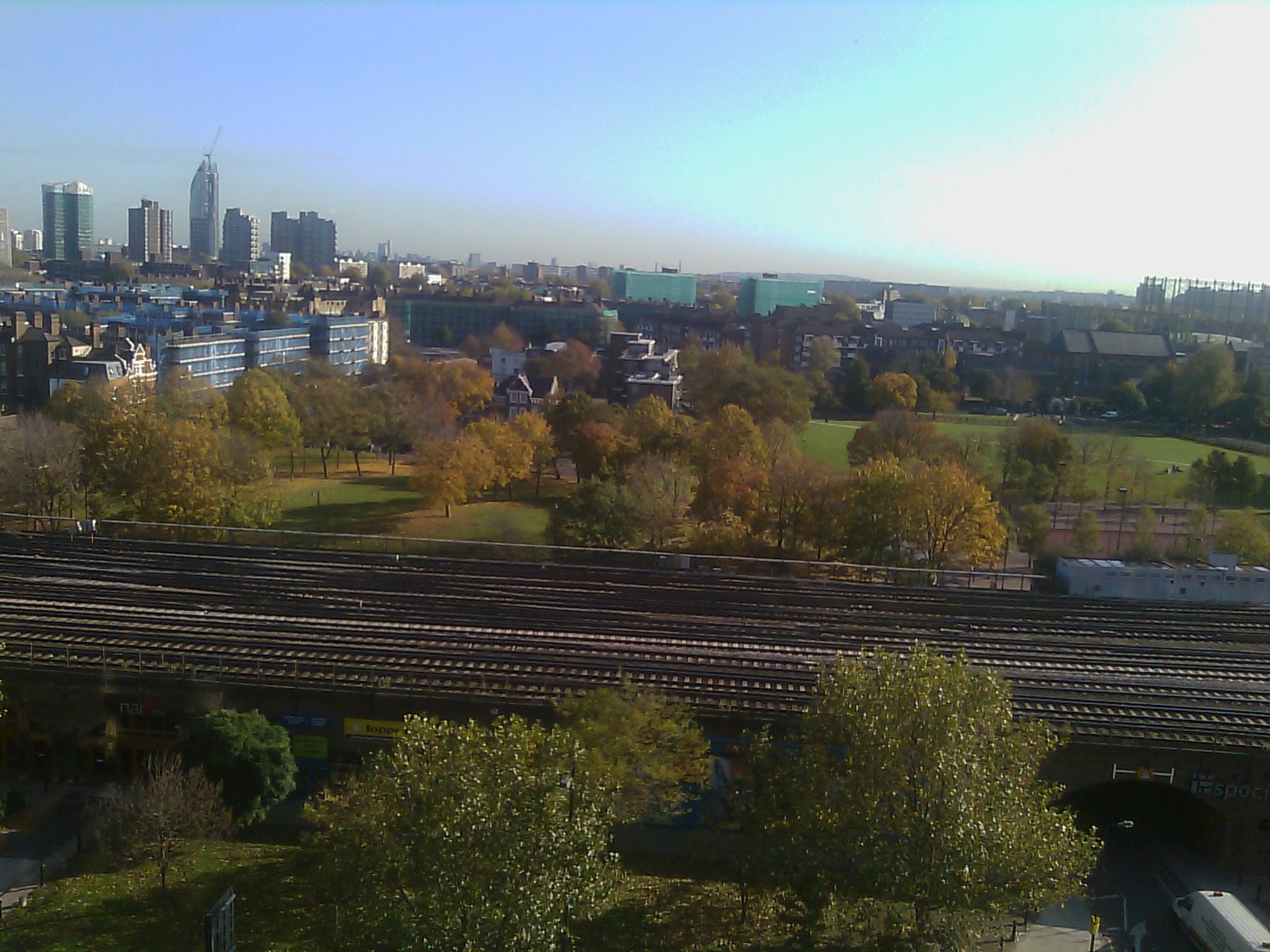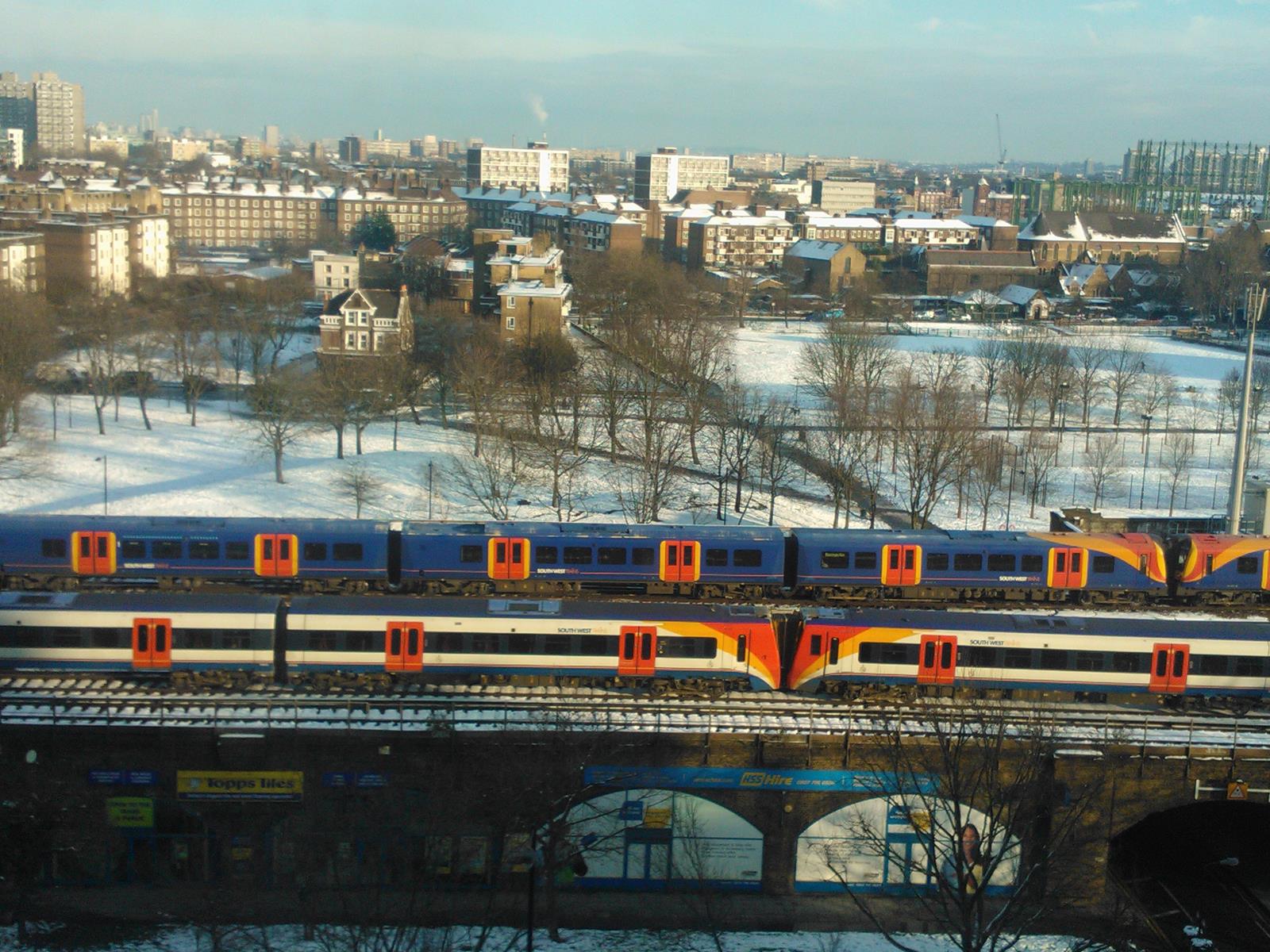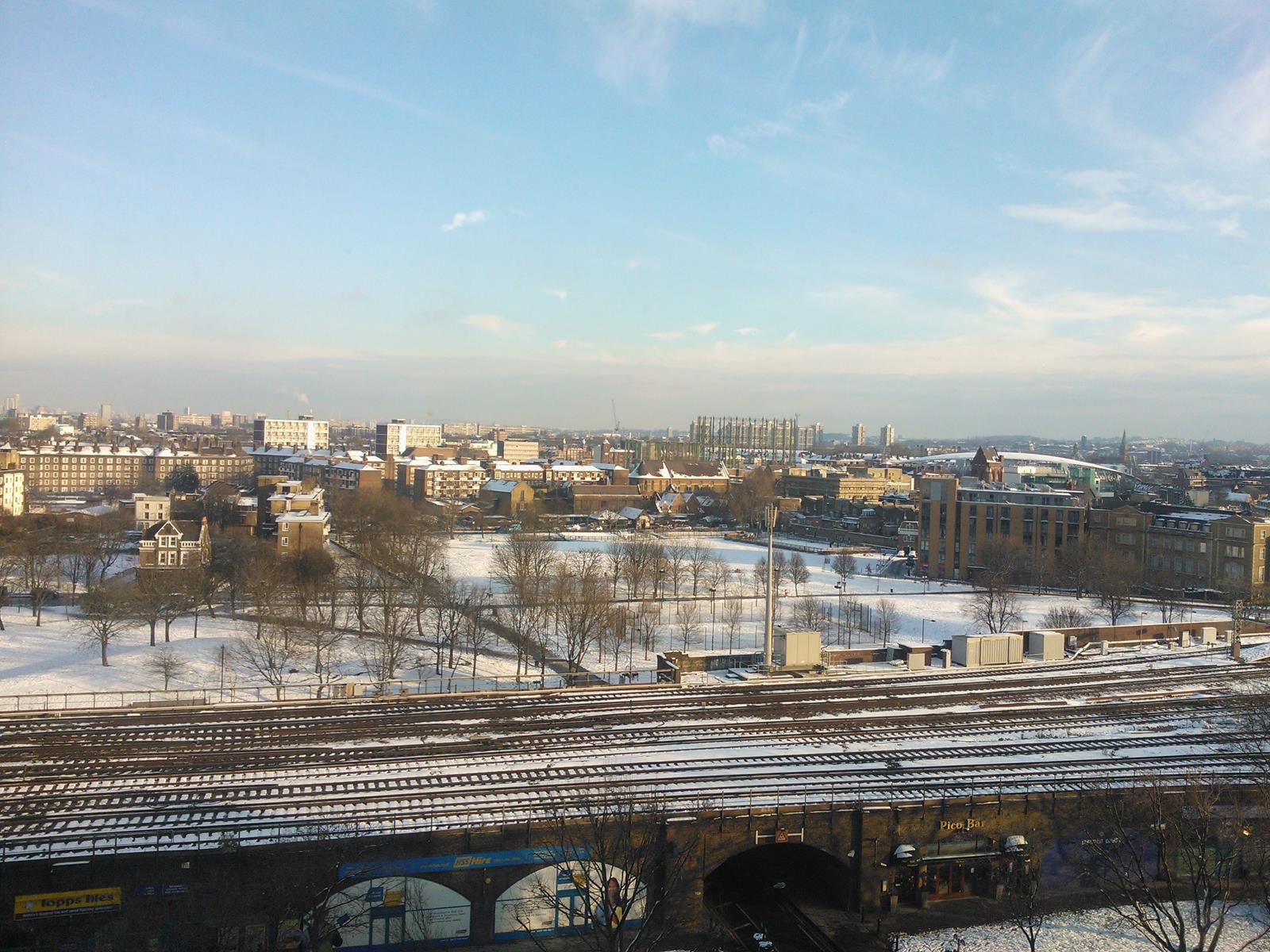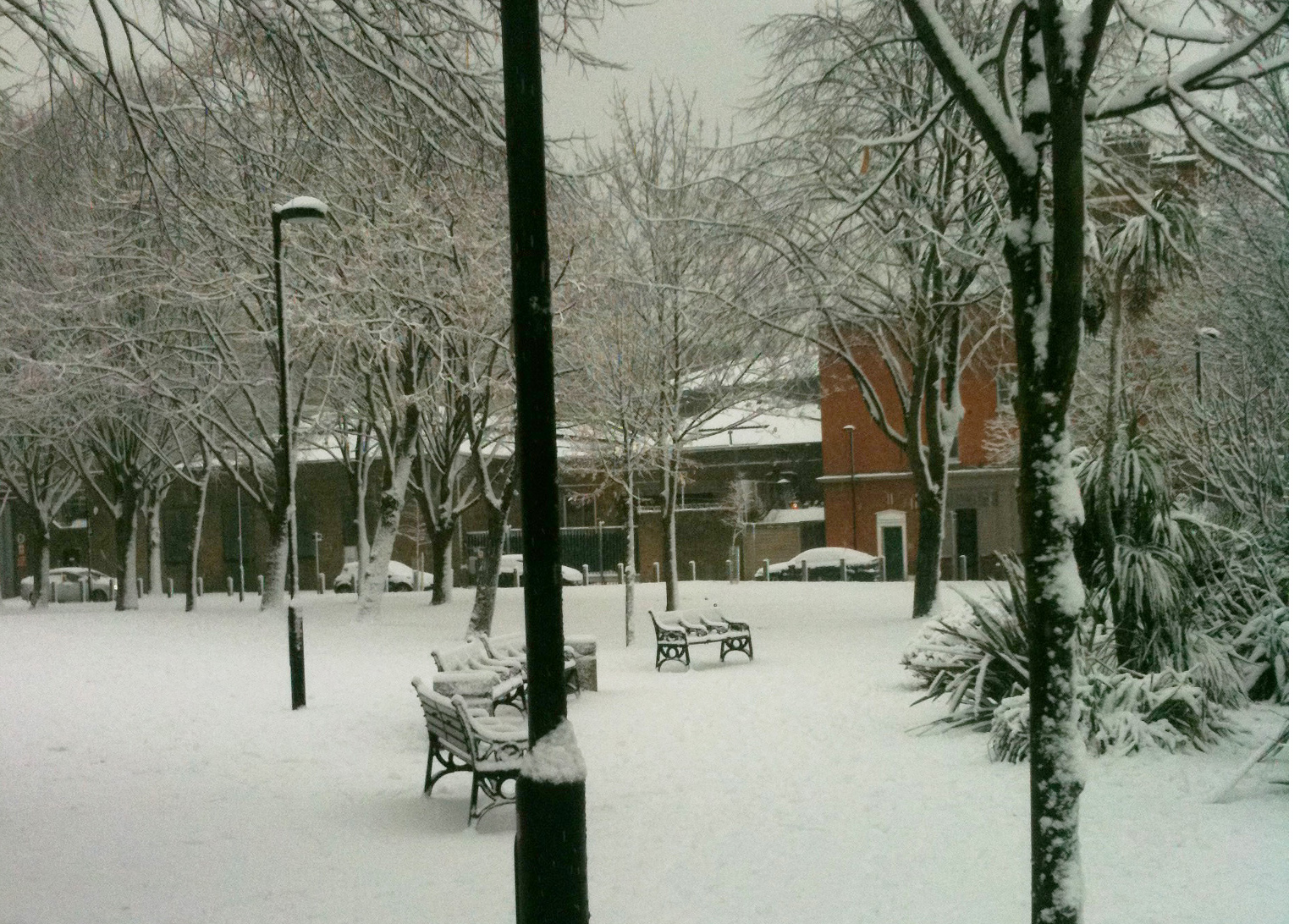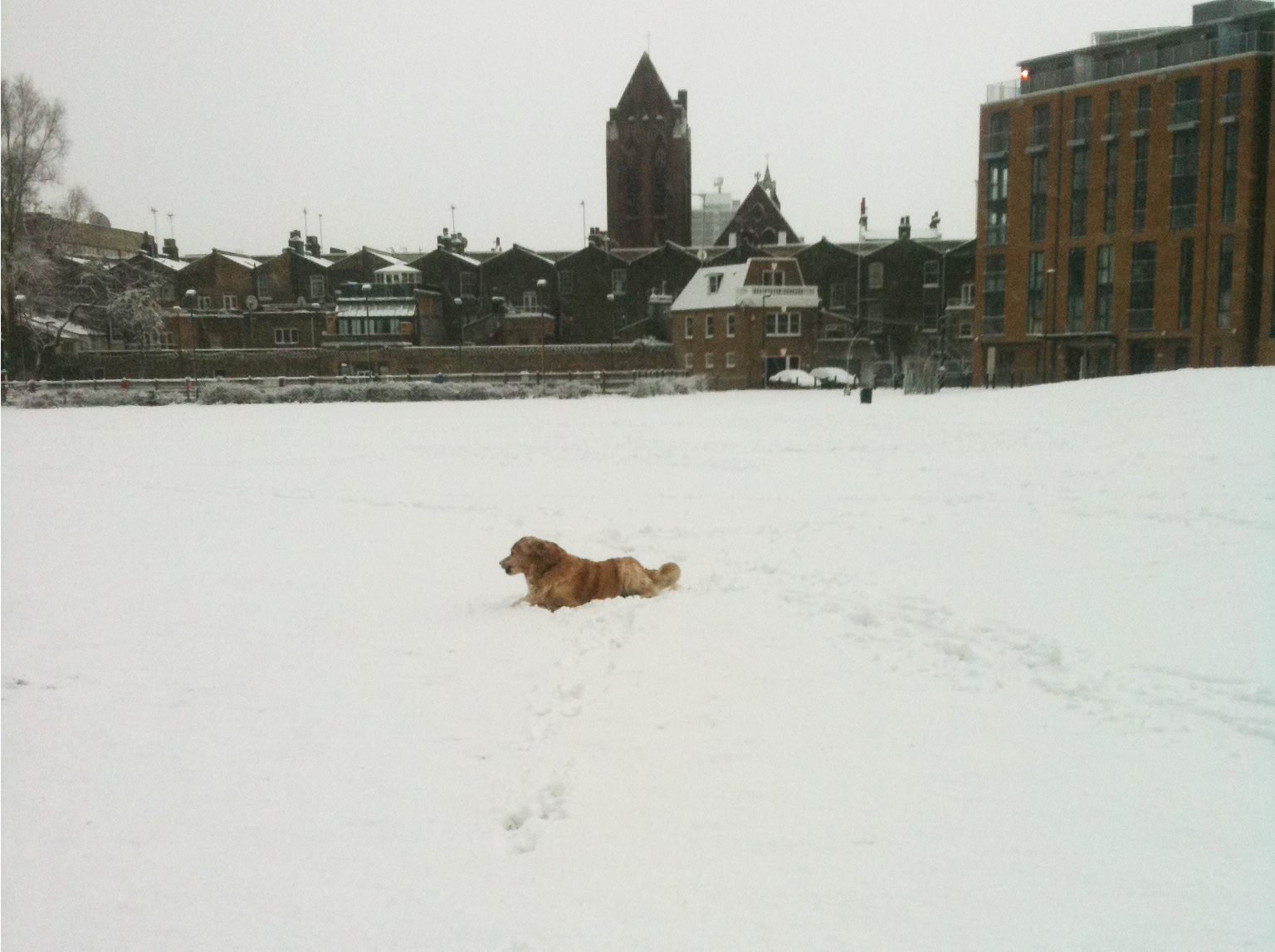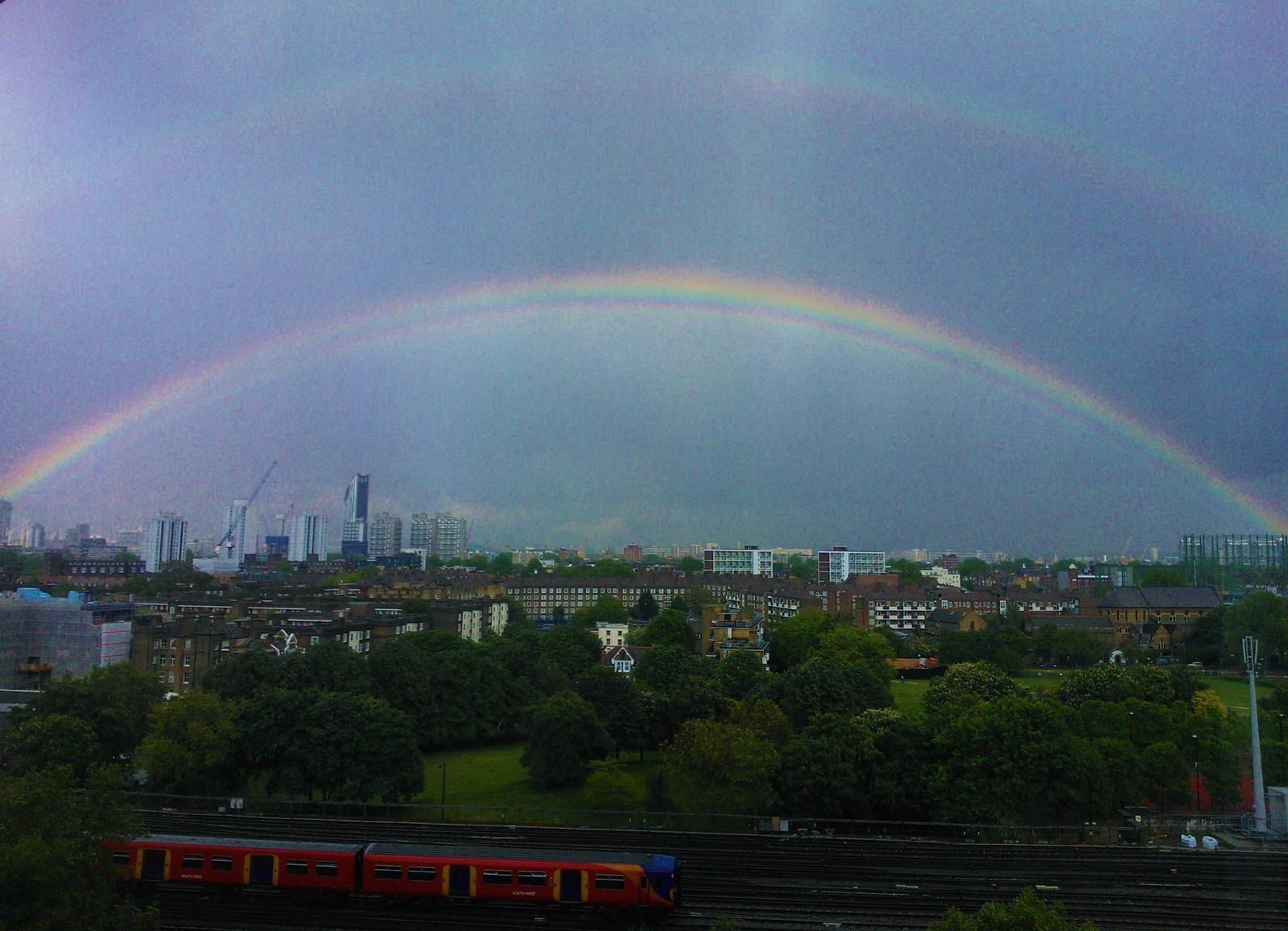Vauxhall Pleasure Gardens
Vauxhall Pleasure Gardens, a 'Rococo paradise', has had a long and varied history. Originally known as 'New Spring Gardens', the site is believed to have opened before the Restoration of 1660 and was first mentioned by Samuel Pepys in 1662. Pepys himself enjoyed the liberated mix of social classes that frequented the park. The Gardens consisted of a few acres of manicured trees and shrubs with attractive walks, music and integrated mechanical-bird-song which magically wafted from the trees as the pleasure-seekers wandered by. Initially admittance to the Gardens was free of charge, while the sale of food and drink supported the venue.
However when the site became 'Vauxhall Gardens' in 1785, admission was charged for its many attractions. The Gardens drew all types of people and supported enormous crowds, with its paths being particularly conducive to romantic assignations. Tightrope walkers, hot air balloon ascents, concerts and fireworks provided entertainment. The rococo "Turkish tent" in the interior of the Rotunda became one of Vauxhall's most viewed attractions, and the chinoiserie style was a feature of several buildings. A statue depicting George Frederic Handel was erected in the Gardens and is now on show at the Victoria and Albert Museum. In their hay-day the Vauxhall Pleasure Gardens inspired many imitations around the world and the Tivoli Gardens in Copenhagen still exists to this day and are a testament to how magnificent Vauxhall once was!
While the Vauxhall Gardens were originally mostly reachable via the Thames the Vauxhall Bridge was erected in 1810 making them more accessible by road. However, with the advent of the steam train and the building of the rail viaduct, the gardens started to decline and finally closed in 1859. Eventually their grounds was built on, mostly with social housing, depriving this area of London of a much needed park. However, in the 1970s the flats were demolished as a result of 'slum-clearance' landscaping and the gardens were re-established in Vauxhall.
The three ages of the grounds of the Vauxhall Pleasure Gardens: 1.The glorious 17th and 18th century. 2.The decades as grounds for social housings. 3. The gardens today.
The first two decades of the Gardens' new existence were not particularly remarkable: a four hectare site bounded by the Network Rail viaducts, social-housing, a city farm and Kennington Lane rush traffic. No longer easily connected to the river the park suffered years of neglect; anti-social behaviour was rampant and the gardens were unloved and considered dangerous day or night!
However, in 1996 a Friends group was formed to see off developers (who had plans to build on the park) and to try and make the Gardens a safe and pleasant environment for the local community. The Friends soon developed a vision for the park that exceeded its daily utilitarian use, which mostly consisted of a hasty crossing by busy commuters to and from Vauxhall station or local layabouts getting drunk on the benches at the entrance. The Friends’ dream was to revitalise the gardens and re-connect them to their fabulous history and relevance, not only for local residents but for London as a whole. Indeed they wanted a world-class park to rival the famous gardens of old days. This has been an ongoing labour-of-love by the Friends and has progressed with small but sure steps, in collaboration with Lambeth Council, and the support of many other local groups.
The park now is a verdant, exciting environment with an architecturally significant new entrance, sports facilities, year round events and festivals and an atmosphere that is safe and inviting. Recent new landscaping will add to this sense of wellbeing and is designed to boost the safety and the popularity of the park for all its users and in particular the children of the neighbourhood.
The Friends' new ambitions is to re-landscape Goding Street and the Victorian rail viaduct, so that it becomes a pedestrianised street, encouraging a 'cafe-culture' and inspiring safer access and a brighter ambiance for the gardens.
The Friends BIG plan though is to connect to other local open green spaces via 'green-routes' and 'green-walkways' that will eventually see us connected to Vauxhall Park, Archbishops Park and even Battersea Park (funding permitting), as well as a host of smaller parks, so that this fantastic section of the south bank can have traffic-free-green routes between green spaces all along the river…
The Friends need help with these ongoing plans so please help us achieve them either with volunteering or with a donation. Out contact is: info@fovpg.com . Every volunteer makes difference and every pound we can raise will mean getting closer to that vision of a better Vauxhall not just for today but for the future.Thank you!
